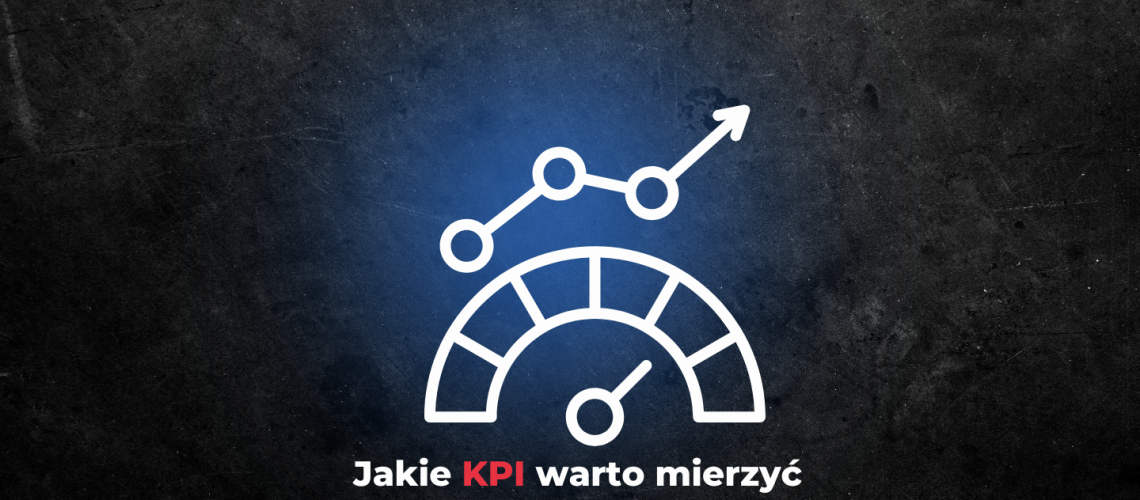Table of contents
- Why measure KPIs in idea submission systems?
- Key KPI categories in idea submission systems
- The most important KPIs to monitor
- How to effectively analyze KPIs and implement improvements?
- Sherlock Waste 's role in KPI monitoring and process optimization
- Summary
1 Why measure KPIs in idea submission systems?
Idea reporting systems are the foundation for building a culture of innovation and continuous improvement within a company. However, just implementing the tool is only the beginning - the key to its effectiveness is proper monitoring of results. That's why companies should track key performance indicators (KPIs) to assess the effectiveness of the system, the level of employee engagement and the real business benefits.
2. key KPI categories in idea submission systems
To effectively analyze performance, it is useful to divide KPIs into several key categories:
- Quantitative indicators - measure the number of submissions, the pace of implementation, and the effectiveness of idea analysis.
- Qualitative indicators - assess the value of submitted ideas and their impact on the company.
- Engagement indicators - determine the level of employee participation in the process of submitting and implementing ideas.
- Business indicators - measure savings, increased operational efficiency and impact on the organization's innovation.
3. the most important KPIs to monitor
1. number of ideas submitted
One of the basic indicators is the total number of ideas submitted. It helps determine whether employees are actively using the system and how much they are involved in improvement processes.
- How to measure it?
- Average number of ideas per employee per month
- Number of ideas submitted in a given period (e.g. month, quarter, year)
- Comparison of the number of requests between company departments
2. acceptance and implementation rate
Not all submitted ideas are implemented, so it is worth keeping track of how many go through the approval process.
- How to measure it?
- Percentage of accepted ideas out of all submitted
- Number of ideas implemented
- Number of rejected ideas and their main reasons
3. average analysis and implementation time
Long analysis and implementation times can discourage employees from coming up with more ideas. Shortening the process increases motivation for active participation.
- How to measure it?
- Average time from application to decision
- Average time from decision to implementation
- Comparison of implementation time in different departments
4. level of employee involvement
Engaging employees is key to the success of an idea submission system. Engagement indicators help assess whether the system actually motivates people to actively participate.
- How to measure it?
- Percentage of employees submitting ideas (monthly/yearly)
- Average number of ideas per employee
- Number of people involved in evaluating and implementing ideas
5. savings and cost effectiveness
Many ideas bring real financial savings, reducing wasted time and resources.
- How to measure it?
- The amount of savings achieved by the implemented ideas
- ROI (return on investment for idea submission system)
- Reduce losses and downtime with new solutions
6. impact on business processes
Some ideas can dramatically improve operational efficiency or service quality. It is worth measuring their impact on key company processes.
- How to measure it?
- Improving the efficiency of production or customer service
- Reduce turnaround time for key processes
- Reduce errors and complaints
4. how to effectively analyze KPIs and implement improvements?
Tracking KPIs is one thing, but it is equally important to learn lessons and implement improvements. To manage data effectively:
- Regularly analyze KPIs and identify areas for improvement.
- Communicate results to employees to show the real impact of their ideas.
- Make improvements to the idea submission and evaluation process.
- Use tools that automate KPI analysis, such as Sherlock Waste.
5. the role of Sherlock Waste in KPI monitoring and process optimization
Sherlock Waste is an innovative tool that not only makes it easy to collect ideas from employees, but also allows you to accurately measure their effectiveness. With Sherlock Waste you can:
- Monitor the number of requests and deployments in real time.
- Analyze the time to analyze and implement ideas.
- Calculate the savings resulting from the changes made.
- Generate KPI reports that help make better management decisions.
With Sherlock Waste , companies can realize the full potential of grassroots innovation, increasing operational efficiency and engaging employees in the development of the organization.
6 Summary
Measuring KPIs in idea submission systems is key to evaluating their effectiveness and optimizing processes. With well-targeted metrics, companies can increase employee engagement, improve efficiency and achieve real savings. Tools such as Sherlock Waste facilitate this process by providing companies with the necessary data to make sound decisions.
👉 Schedule a meeting now and start a revolution of innovation in your organization!






